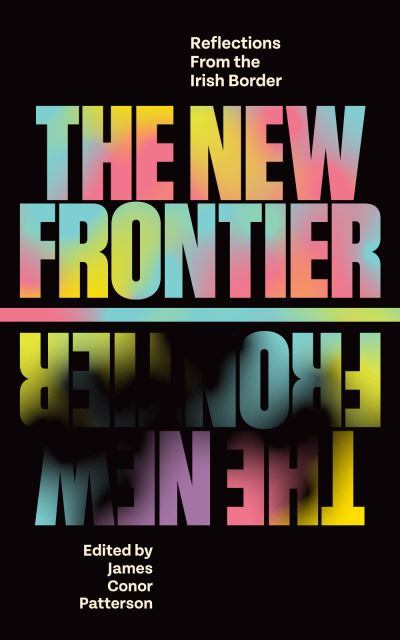There’s a saying in my part of the world that there’s more than one way to skin a cat. That’s cat, by the way – inflected with a y after the c – so that the cat you’re likely to be skinning might actually answer to cyat.
The y in this case is illustrative of how even a common aphorism can move into the territory of a shibboleth. The north of Ireland is well known for such peculiarities, and once, they were even enough to have people shot. ‘By such minutiae [are] the infiltrators detected,’ the late Michael Donaghy reminds us. ‘Infiltrators’, of course, referring to anyone who doesn’t fit the narrowly proscribed characteristics of an area’s locale.
Borders need not be so complicated as those places of transition where papers and passports are required. Borders are simply the dividing lines we create for ourselves and can be as simple as an elongated vowel or as stark as a checkpoint with barbed wire and concrete bollards.
Indeed, just as there are many ways to skin a cat, so are there many ways to cross a border. One example is how – after the wall went up between East and West Berlin in the 1960s – tunnels were dug. People have been known to risk getting shot or drowned on one of the many dangerous crossings from Mexico into the United States, and in the Mediterranean, boats have been known to capsize or get blown out of the water.

Much Brexit discourse these past five years has centred on Britain taking back control, with the consequence being that asylum seekers, migrants, and even citizens – as in the case of the Windrush Generation – are tracked down and deported. Worse, many are apprehended before they even make it to our European fortress, having already risked their lives fleeing from horrendous circumstances overseas.
As Nidhi Zak/Aria Eipe deftly points out in her brilliantly rendered concrete found poem On the Chances of Making It Through Irish Port in a Truck, our governments’ concerns in the West are not for the humanity or lives of these people, but in maintaining the mythology of a “secure” border. A place where only those living inside the castle walls are deserving of compassion:
“The concern is that some will come here and apply for international protection with the ultimate aim of catching a ferry to Britain and disappearing there unnoticed and undocumented.”
Before 2016, this island’s land border enjoyed a prolonged period where it wasn’t so precarious, though that hasn’t always been the case. Up until 2003, entry into my hometown of Newry was conspicuously marked by a British army watchtower on Cloughoge mountain. The nearby village of Bessbrook had the dubious distinction of hosting the busiest heliport in Western Europe, and in 1989 – the year my parents left for England – unemployment was similarly in pole position at 27.5 per cent.
Since Brexit, there has been talk of a return to those hard borders, though as we have seen, if you don’t already fit the narrow profile of what an Irish or British “native” looks like (ie, white), then this island’s border will have always been hard.
For better or worse, I am a product of borders. Most of my family are from Newry, but circumstances were once so bad that my parents had to emigrate to Coventry where I was born. Not long after, we moved to Scotland, and in 1995 – a year after the first IRA ceasefire – we came home. My mother was interrogated for three hours by Special Branch when we arrived at the port and there were occasions in the lead-up to our departure when my father discovered that his mail had been opened.
The contributors to The New Frontier, the anthology I have edited, are the products of borders as well. What form these dividing lines take depends on each person’s circumstances, and their interpretations are many and various. For some, borders are personal; redolent of struggles with family or language, landscape or the body. For others, they represent much larger vistas; like history and war, poverty and race. For everyone, I think, borders signify boundaries to freedom, and it is only by challenging them through art that we can ascertain whether such boundaries are permeable.
Personally speaking, the land Border in Ireland – enacted by Partition a century ago and wending its way unevenly between the pieces in this book – is emblematic of the sort of dividing line which has caused more harm than good. Other writers and editors might disagree, and that’s OK, but it would be crass to feign neutrality on a subject which has shaped who we are; both as part of a collective, and as individuals.
The authors represented here are every bit as opinionated on the topic, and approach borders with more fire, knowledge, compassion and variety than I could ever hope to muster in my own writing. So, here it is: read these pieces, enjoy them, learn from them. Theirs are the voices that school children in decades to come will refer to for the impassioned, necessarily biased view of what Ireland was like at a crucial juncture in its history. Whatever way that conversation leads, clues to its outcome are likely to be found within these pages.
The New Frontier: Reflections From the Irish Border is published by New Island Books. Neil Hegarty reviews it in The Irish Times on Saturday



















